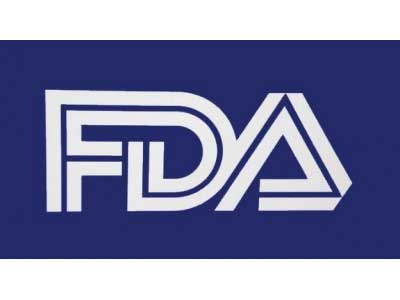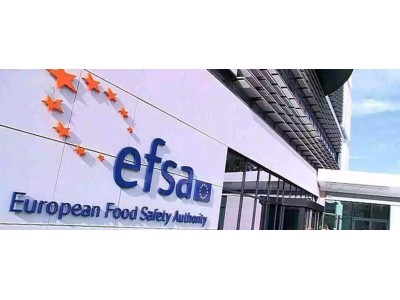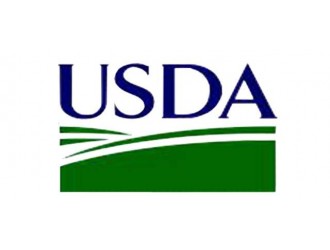гҖҖгҖҖжҚ®дәҶи§ЈпјҢиҝҷз§ҚйЈҹе“Ғй…¶жҳҜз”ұйқһиҪ¬еҹәеӣ Burkholderia stagnalis иҸҢж Ә PL266-QLMз”ҹдә§зҡ„пјҢж—ЁеңЁз”ЁдәҺеҘ¶й…Әз”ҹдә§зҡ„зүӣеҘ¶еҠ е·Ҙд»ҘеҸҠйҖҡиҝҮй…ҜдәӨжҚўдҪңз”ЁеҜ№и„ӮиӮӘе’ҢжІ№зҡ„ж”№жҖ§дёӯгҖҒь/div>
гҖҖгҖҖз»ҸиҝҮиҜ„дј°пјҢ专家е°Ҹз»„и®ӨдёәпјҢеңЁйў„жңҹзҡ„дҪҝз”ЁжқЎд»¶дёӢпјҢдёҚиғҪжҺ’йҷӨйҖҡиҝҮйҘ®йЈҹжҺҘи§Ұеј•иө·иҝҮж•ҸеҸҚеә”зҡ„йЈҺйҷ©пјҢдҪҶиҝҷз§Қжғ…еҶөеҸ‘з”ҹзҡ„еҸҜиғҪжҖ§еҫҲдҪҺгҖӮз”ұдәҺеӯҳеңЁдј ж’ӯAMRеҹәеӣ зҡ„йЈҺйҷ©пјҢдҪҝз”Ёиҝҷз§ҚйЈҹе“Ғй…¶иў«и®ӨдёәжҳҜдёҚе®үе…Ёзҡ„гҖӮйғЁеҲҶеҺҹж–ҮжҠҘйҒ“еҰӮдёӢпјҡ
гҖҖгҖҖThe food enzyme triacylglycerol lipase (triacylglycerol acylhydrolase EC 3.1.1.3) is produced with the non-genetically modified Burkholderia stagnalis strain PL266-QLM by Meito Sangyo CO., LTD. The production strain harbours genes co
nferring resistance to highly im
portant antimicrobials for human and veterinary medicine. The food enzyme is free from viable cells of the production organism, but not of its DNA. Therefore, the food enzyme poses a risk of promoting the spread of antimicrobial resistance (AMR) genes. It is intended to be used in milk processing for cheese production and modification of fats and oils by interesterification. Since residual amounts of total organic solids (TOS) are removed in the downstream processing of the oils, dietary exposure was calculated o
nly for the milk processing for cheese production. Dietary exposure to the food enzymeЁCTOS was estimated to be up to 0.663 mg TOS/kg body weight (bw) per day in European populations. Genotoxicity tests did not indicate a safety concern. The systemic toxicity was assessed by means of a repeated dose 90-day oral toxicity study in rats. The Panel identified a no observed adverse effect level of 2,756 mg TOS/kg bw per day in males, the highest dose tested, which, when compared with the estimated dietary exposure, resulted in a margin of exposure of at least 4,157. A search for the similarity of the amino acid sequence of the food enzyme to known allergens was made and no match was found. The Panel co
nsidered that, under the intended co
nditions of use, the risk of allergic reactions by dietary exposure cannot be excluded, but the likelihood is low. As there is a risk of spreading AMR genes, the use of this food enzyme could not be co
nsidered safe.
гҖҖгҖҖ
жң¬ж–Үз”ұйЈҹе“ҒдјҷдјҙзҪ‘йЈҹе“Ғиө„и®Ҝдёӯеҝғзј–иҫ‘пјҢдҫӣзҪ‘еҸӢеҸӮиҖғпјҢжңүд»»дҪ•з–‘й—®пјҢиҜ·иҒ”зі»news@www.sqrdapp.comгҖҒь/span>
зӣёе…іж”ҝзӯ–и§ЈиҜ»











 ең°еҢәпјҷь/font>
ең°еҢәпјҷь/font>

 欧зӣҹиҜ„дј°иҪ¬еҹәеӣ зҺүзұіMO
欧зӣҹиҜ„дј°иҪ¬еҹәеӣ зҺүзұіMO
 欧зӣҹиҜ„дј°дёҖз§ҚйәҰиҠҪзі–ж·Җ
欧зӣҹиҜ„дј°дёҖз§ҚйәҰиҠҪзі–ж·Җ зҫҺеӣҪжӢҹж’Өй”ҖиӢҘе№ІиӮүзұ»еҸүь/a>
зҫҺеӣҪжӢҹж’Өй”ҖиӢҘе№ІиӮүзұ»еҸүь/a> йІҒе…¬зҪ‘е®үеӨ 37060202000128еҸ¶ь/a>
йІҒе…¬зҪ‘е®үеӨ 37060202000128еҸ¶ь/a>



